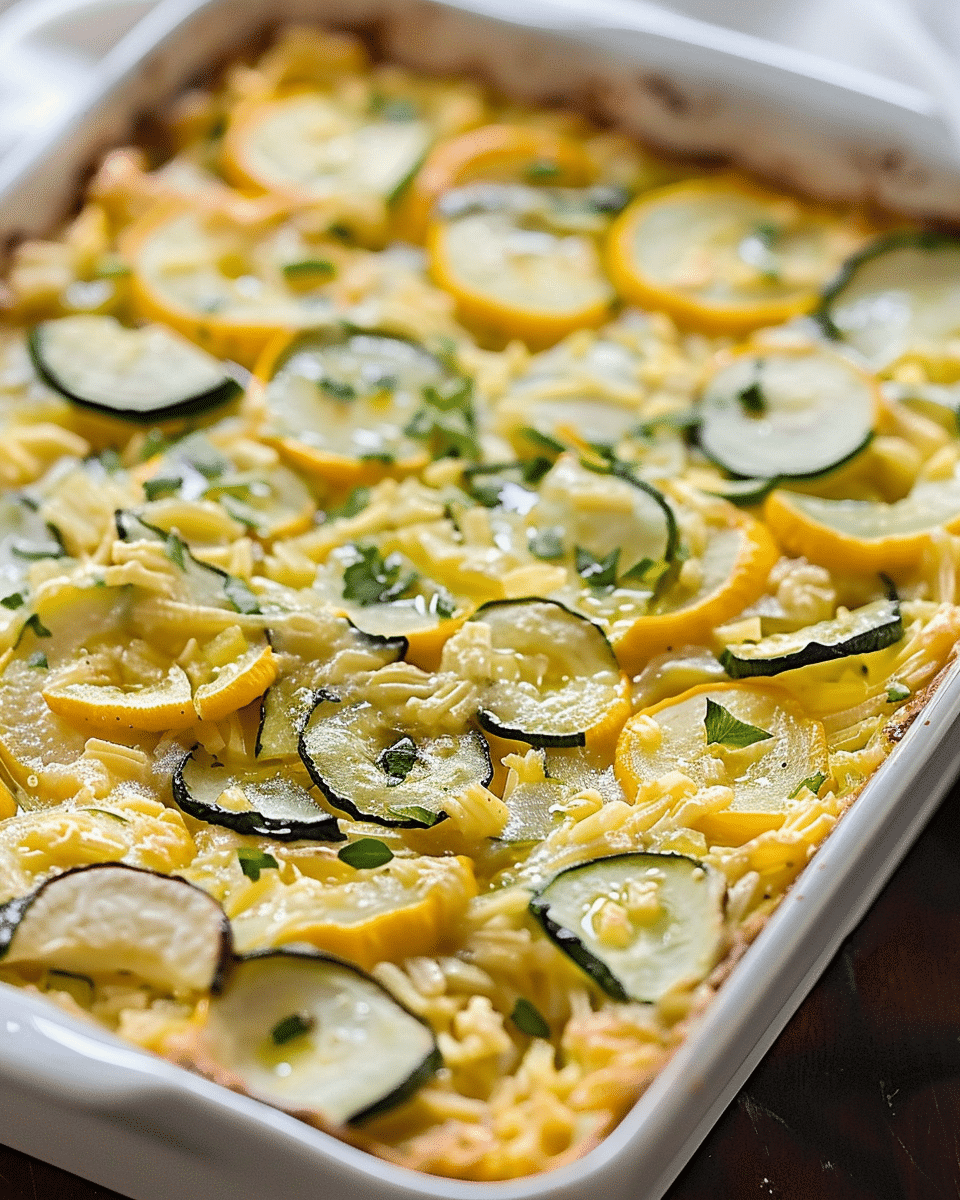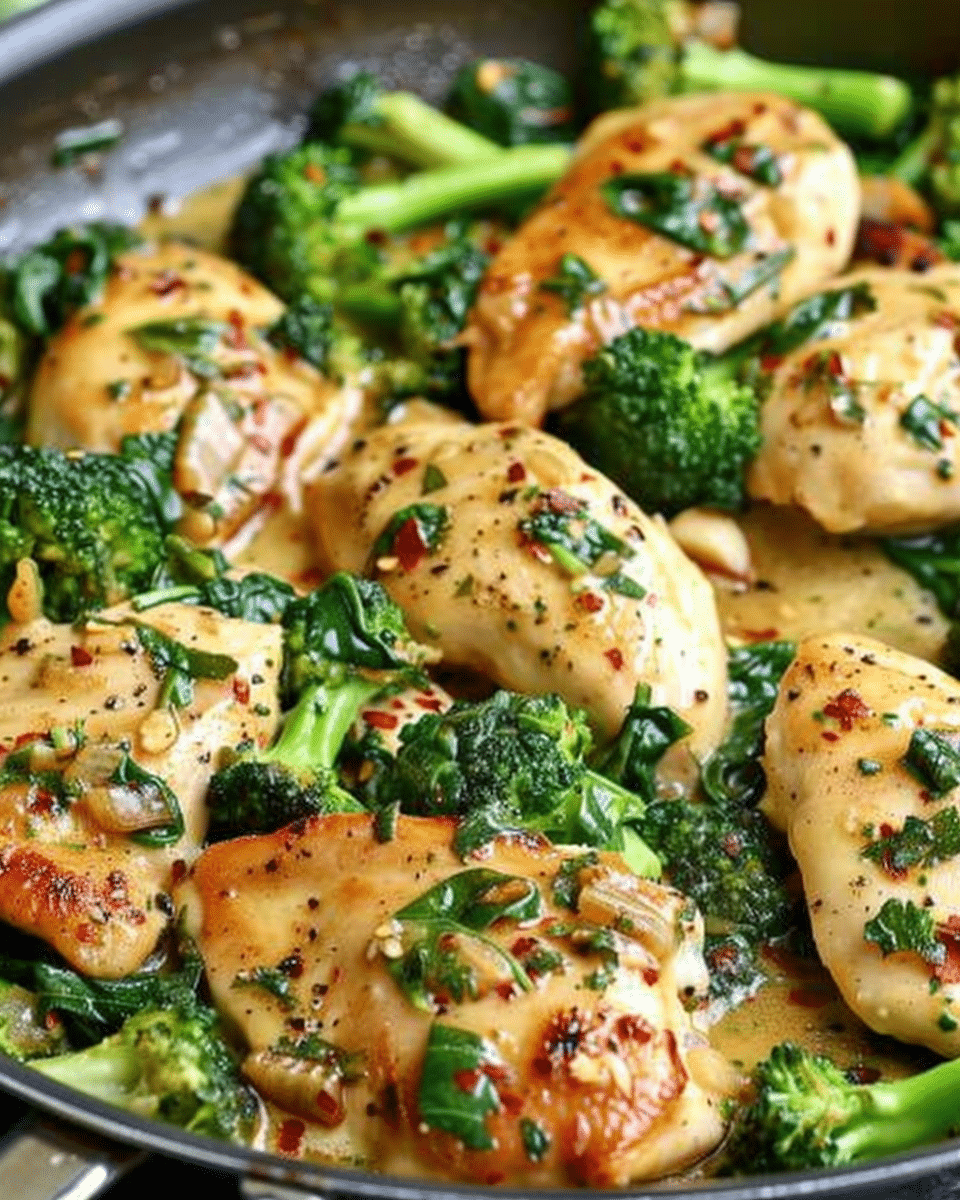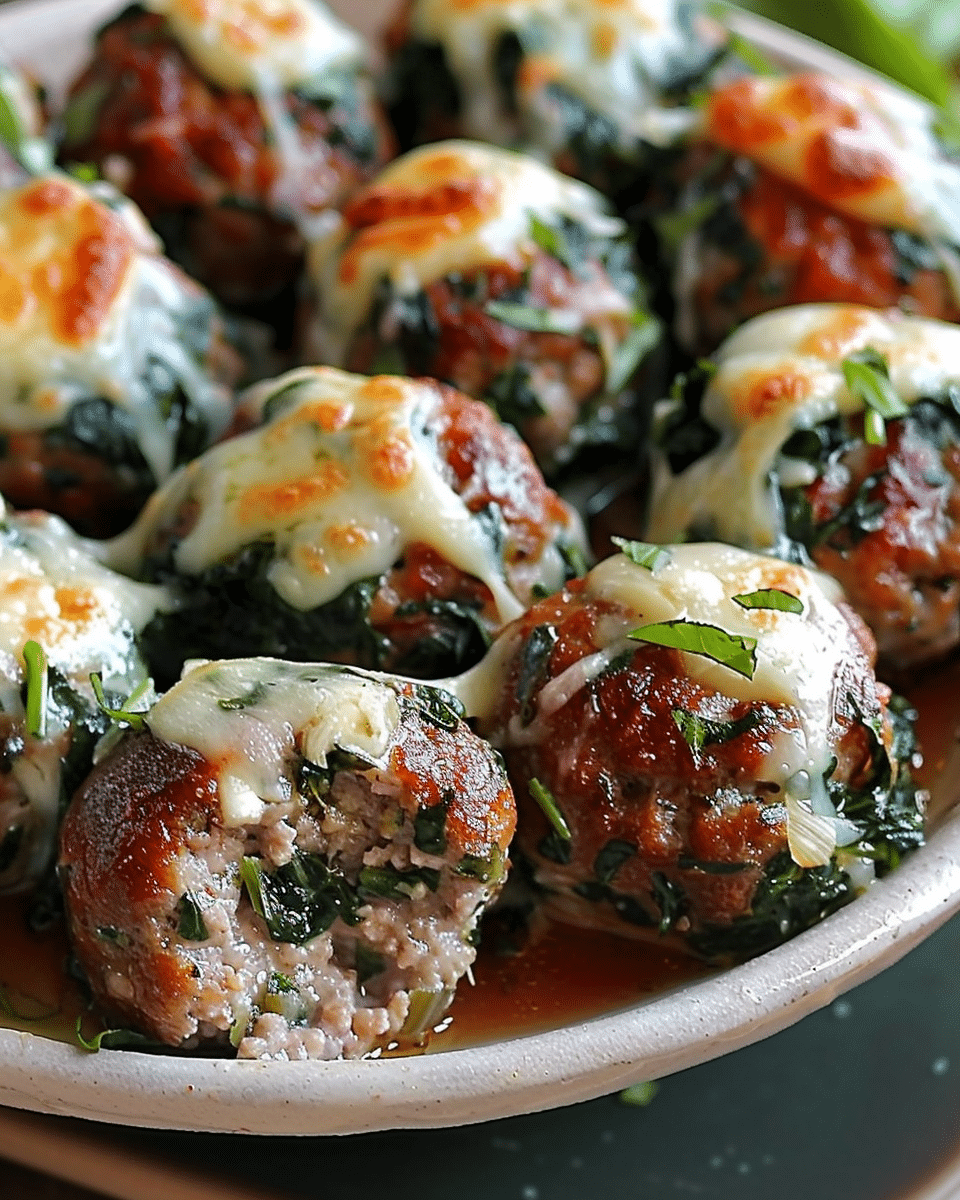Discover what cannot be cooked in an air fryer in this comprehensive guide. In the world of innovative kitchen gadgets, air fryers have emerged as a popular and versatile tool, allowing individuals to enjoy their favorite fried foods with a fraction of the oil and calories. Despite their numerous advantages, air fryers are not universal cooking devices. Certain foods and ingredients just can’t handle the air frying method well, leading to subpar or even disastrous cooking results.
This article provides insights and explanations for each item that should be avoided in an air fryer. From wet-battered foods to delicate leafy greens, explore the challenges and issues associated with air frying these items, and discover alternative methods and tips for cooking them. Understanding these limitations is essential for making the most out of your air fryer and ensuring delicious and successful meals every time.
Join us as we navigate the do’s and don’ts of air frying, helping you to avoid common cooking pitfalls and enhance your culinary experience with this modern kitchen appliance.
Fried Food with Wet Batter
Why Wet Batter Doesn’t Work in an Air Fryer
Air fryers work by circulating hot air around the food to produce a crispy exterior, similar to frying in oil. However, when it comes to foods with a wet batter, air fryers fall short. The hot air cannot solidify the wet batter quickly enough, causing it to drip, create a mess, and leave the food improperly cooked.
The Science Behind It
In traditional frying, the wet batter is immediately immersed in hot oil, which quickly cooks the batter, creating a solid, crispy coating. In an air fryer, without the immediate high heat from the oil, the batter remains wet for a longer period, leading to uneven cooking and a lack of that desired crispy texture.
Alternatives for Air Frying Battered Foods
While wet batter is a no-go in air fryers, there are alternatives to achieve a crispy, fried texture:
- Use a Dry Coating:
- Opt for a dry coating like breadcrumbs or flour. Coat the food item in egg and then roll in breadcrumbs before placing it in the air fryer. This method will give you a crispy finish without the mess of wet batter.
- Pre-Cook the Batter:
- If you are keen on using a wet batter, partially cook the batter in a traditional fryer or oven before finishing in the air fryer. This method helps to solidify the batter, making it more suitable for air frying.
- Opt for Air Fryer-Friendly Recipes:
- Choose recipes that are specifically designed for air fryers. Many recipes utilize alternative coating methods that are compatible with air frying, ensuring a crispy and delicious result.
Conclusion
In conclusion, while it’s tempting to air fry all your favorite foods, understanding the limitations of air fryers, especially with wet batter, is crucial. Opting for alternatives like dry coatings or air fryer-friendly recipes can help you achieve the crispy, fried texture you crave, ensuring satisfying meals without the hassle and mess.
Broccoli
Issues with Air Frying Broccoli
Air frying broccoli can be a bit tricky. The high heat and rapid air circulation can cause the broccoli to dry out, leaving you with a texture that is more crispy than tender. According to a study on the effects of different cooking methods on vegetables, the delicate florets might get burnt, and the nutritional value could be compromised due to the high cooking temperatures.
Tips for Air Frying Broccoli Successfully
Despite these challenges, it is possible to enjoy air-fried broccoli with the right approach. Below are some tips to ensure your broccoli comes out delicious and well-cooked:
- Preparation is Key:
- Cut the broccoli into uniform pieces to ensure even cooking.
- Wash and thoroughly dry the broccoli to prevent it from getting soggy during air frying.
- Use the Right Temperature:
- Avoid setting the air fryer to the highest temperature. A moderate temperature (around 370°F or 188°C) is ideal for cooking broccoli.
- Short Cooking Time:
- Cook the broccoli for a short time (around 6-8 minutes). Overcooking can make it dry and unpalatable.
- Add Some Oil:
- Toss the broccoli in a small amount of oil before air frying. This helps to prevent drying and ensures the broccoli cooks evenly.
- Season Well:
- Season the broccoli with your choice of spices or herbs before air frying to enhance the flavor.
- Shake the Basket:
- Halfway through the cooking time, shake the air fryer basket to ensure the broccoli cooks evenly and doesn’t burn.
- Test for Doneness:
- Use a fork to test the broccoli for doneness. It should be tender but not mushy.
- Use a fork to test the broccoli for doneness. It should be tender but not mushy.
Related: Airfood Recipe: Your Ultimate Guide
Entire Roasts or Whole Chickens
Challenges with Air Frying Entire Roasts or Whole Chickens
Air frying entire roasts or whole chickens can be a daunting task. The compact space and cooking mechanism of air fryers make it difficult to evenly cook large pieces of meat. According to the USDA, the exterior might get cooked too quickly, leaving the interior undercooked, which is a food safety concern. Additionally, the lack of space can restrict the air flow, leading to uneven cooking and areas that are burnt or undercooked.
Alternative Methods for Cooking Roasts and Whole Chickens
To ensure that your roasts or whole chickens are cooked perfectly, consider the following alternatives:
- Cut into Smaller Pieces:
- Cut the meat into smaller, more manageable pieces. This ensures even cooking and allows the heat to penetrate through the meat effectively.
- Use a Conventional Oven:
- For large roasts or whole chickens, a conventional oven is a more reliable option. It provides ample space and consistent heat distribution to cook the meat evenly.
- Utilize a Meat Thermometer:
- Regardless of the cooking method, always use a meat thermometer to ensure the meat reaches a safe internal temperature. For chicken, the internal temperature should be at least 165°F (74°C), and for other roasts, it should be at least 145°F (63°C).
- Consider a Rotisserie Air Fryer:
- Some air fryers come with a rotisserie function, which is designed for cooking whole chickens. This feature ensures the chicken is cooked evenly by continuously rotating it during the cooking process.
- Pre-Cook the Meat:
- Partially cook the meat using another method before finishing it in the air fryer. This can help achieve a crispy exterior while ensuring the inside is fully cooked.
- Partially cook the meat using another method before finishing it in the air fryer. This can help achieve a crispy exterior while ensuring the inside is fully cooked.
Entire Roasts or Whole Chickens
Challenges with Air Frying Entire Roasts or Whole Chickens
Cooking entire roasts or whole chickens in an air fryer presents a significant challenge. The limited space and design of air fryers can hinder the even cooking of large meat cuts. The exterior might brown too quickly, while the interior remains raw, posing a serious health risk. The constrained air circulation can also lead to unevenly cooked sections, resulting in a less than satisfactory meal.
Detailed Issues:
- Size Constraints:
- Air fryers are not typically designed to accommodate large items like whole chickens or large roasts, leading to uneven cooking.
- Inadequate Heat Penetration:
- The compact space may prevent heat from evenly penetrating the meat, leaving the inside undercooked.
- Limited Air Circulation:
- Proper air circulation is crucial for the functioning of air fryers, and large items can obstruct this flow, leading to uneven cooking.
Solutions and Alternatives:
- Cut the Meat:
- Divide the roast or chicken into smaller sections to ensure even cooking and adequate heat penetration.
- Utilize Suitable Equipment:
- Use a conventional oven or a larger air fryer designed for roasting whole chickens or large cuts of meat.
- Employ a Meat Thermometer:
- Always use a meat thermometer to ensure the internal temperature is safe for consumption (165°F or 74°C for chicken).
- Consider Air Fryers with Additional Features:
- Opt for air fryers with rotisserie or roasting capabilities, ensuring the meat is cooked evenly and thoroughly.
- Pre-Cooking:
- Pre-cook the meat using another method to ensure the inside is cooked, and then use the air fryer to achieve a crispy exterior.
- Pre-cook the meat using another method to ensure the inside is cooked, and then use the air fryer to achieve a crispy exterior.
Foods to Avoid in Air Fryer: Most Cheese
Problems with Melting Cheese in Air Fryers
Melting cheese in an air fryer can be a challenging endeavor. The high heat and rapid air circulation that air fryers use to cook food can cause cheese to melt too quickly, leading to a messy, sticky situation. The cheese may adhere to the air fryer’s surfaces, making it difficult to clean. Moreover, instead of melting to a perfect gooey consistency, cheese can overcook, becoming hard and rubbery.
Detailed Issues:
- Overmelting:
- Cheese can melt too quickly and excessively, leading to a runny mess.
- Sticking to Surfaces:
- Melted cheese can stick to the air fryer basket or rack, making cleaning a hassle.
- Overcooking:
- Cheese can easily overcook in the high heat, turning hard and losing its creamy texture.
Suggestions for Air Frying Cheese-Based Dishes:
- Use Parchment Paper:
- Line the air fryer basket with parchment paper to prevent the cheese from sticking to the surfaces.
- Choose the Right Cheese:
- Opt for cheeses that hold up well to heat, such as halloumi or queso fresco, which can be air-fried without melting excessively.
- Monitor the Cooking Time:
- Keep a close eye on the cooking time to prevent the cheese from overmelting or overcooking. It’s best to start with a short time and add more as needed.
- Lower the Temperature:
- Use a lower cooking temperature to melt the cheese gently and avoid overcooking.
- Incorporate Cheese Later:
- If a recipe involves multiple ingredients, add the cheese later in the cooking process to prevent it from overcooking.
- If a recipe involves multiple ingredients, add the cheese later in the cooking process to prevent it from overcooking.
Air Fryer Don’ts: Hamburgers
Difficulties in Achieving Desired Doneness
Cooking hamburgers in an air fryer can be a bit of a challenge, especially when it comes to achieving the desired level of doneness. The rapid air circulation and high heat can cook the exterior of the burgers too quickly, leaving the inside undercooked or unevenly cooked. This can be a concern for food safety and overall taste and texture.
Detailed Issues:
- Uneven Cooking:
- The outside may cook faster than the inside, leading to a burger that is burnt on the outside and raw on the inside.
- Drying Out:
- The air fryer can sometimes dry out the hamburgers, leading to a less juicy and flavorful meal. The Serious Eats offers tips on maintaining moisture and flavor in cooked beef, which can be helpful for air frying hamburgers effectively.
- Limited Space:
- Cooking multiple burgers at once can be tricky as overcrowding can lead to uneven cooking.
Tips for Cooking Burgers in an Air Fryer:
- Choose the Right Burger Thickness:
- Avoid making the patties too thick to ensure even cooking. Around 3/4 inch is a good thickness for air frying.
- Preheat the Air Fryer:
- Preheating the air fryer ensures that the burgers start cooking immediately and helps in achieving an even cook.
- Avoid Overcrowding:
- Do not overcrowd the air fryer basket. Cook in batches if necessary to ensure each burger cooks evenly.
- Use a Meat Thermometer:
- Utilize a meat thermometer to ensure the internal temperature of the burgers reaches 160°F (71°C) for safe consumption.
- Flip the Burgers:
- Halfway through the cooking time, flip the burgers to ensure they are cooked evenly on both sides.
- Adjust Cooking Time:
- Monitor the burgers and adjust the cooking time as needed to achieve the desired level of doneness.
- Monitor the burgers and adjust the cooking time as needed to achieve the desired level of doneness.
Read Also: Air Fryer Cooking Guide: Master The Art Of Air Frying With Ease!
Brief Overview of Various Air Fryer Don’ts
Rice and Other Grains
- Issues: Difficulty in cooking evenly and risk of drying out.
- Tip: Opt for other cooking methods like stovetop or rice cooker for best results.
Raw Veggies
- Issues: Can become too dry or crispy.
- Tip: Use minimal cooking time and toss with a small amount of oil to retain moisture.
Dry Seasonings
- Issues: May blow around and not stick to food.
- Tip: Mix dry seasonings with a bit of oil or liquid to ensure they adhere to the food.
Olive Oil
- Issues: Has a low smoke point which can cause smoke and an unpleasant taste.
- Tip: Use oils with a higher smoke point, like avocado or grapeseed oil.
Delicate Leafy Greens
- Issues: Can become too crispy or burnt.
- Tip: Avoid air frying delicate leafy greens; use other cooking methods.
Too Much Food
- Issues: Overcrowding can lead to uneven cooking.
- Tip: Cook in batches to ensure even air circulation and cooking.
Chicken Wings
- Issues: May not become as crispy as desired.
- Tip: Use a higher temperature and flip halfway through cooking.
Toast
- Issues: Can become overly crispy or burnt.
- Tip: Monitor closely and use a lower temperature setting.
Popcorn
- Issues: Uneven popping and risk of burning.
- Tip: It’s best to use a traditional popcorn maker or stovetop method.
Salmon or Other Fish
- Issues: Risk of overcooking and becoming dry.
- Tip: Use a lower temperature and monitor the cooking time closely.
Most Cuts of Steak
- Issues: Difficulty in achieving desired doneness.
- Tip: Use a meat thermometer to monitor internal temperature.
Cake
- Issues: May not rise properly and can become dry.
- Tip: Opt for traditional baking methods for most cakes.
Dehydrated Food
- Issues: Air fryers may not provide consistent low temperatures needed for dehydration.
- Tip: Use a dedicated dehydrator for dehydrating foods.
FAQs
Can I put aluminum foil in an air fryer? Yes, you can use aluminum foil in an air fryer, but ensure it doesn’t cover the air circulation and always place food on top to prevent it from flying around.
Can you fry an egg in an air fryer? Yes, you can fry an egg in an air fryer. Crack the egg into a heat-proof container and air fry at 370°F (188°C) for about 6-8 minutes.
What I wish I knew before I get an air fryer? Before buying an air fryer, know that it’s not suitable for all foods, requires space, and the cooking capacity might be smaller than expected.
Can you put raw meat in air fryer? Absolutely! You can cook raw meat in an air fryer. Ensure it’s not overcrowded for even cooking and always check the internal temperature.
Conclusion: Ensuring Optimal Air Fryer Use
In conclusion, while air fryers are a versatile cooking appliance, understanding their limitations with certain foods is crucial for achieving the best culinary results. Adjusting cooking methods, times, and temperatures, or opting for alternative cooking methods, can help ensure delicious and well-prepared meals.









